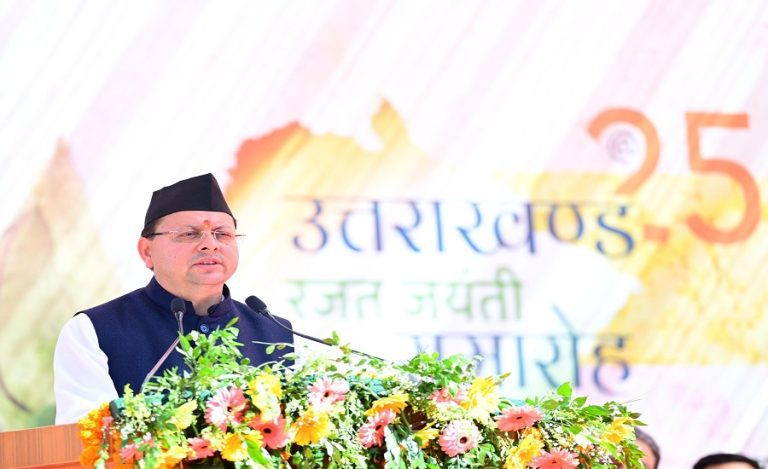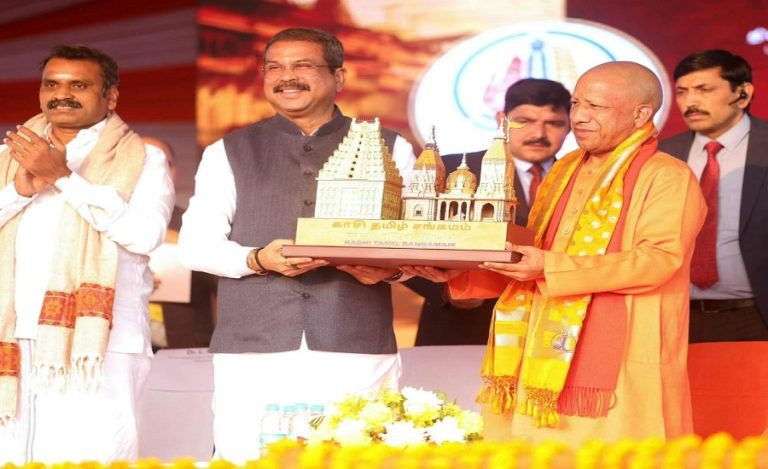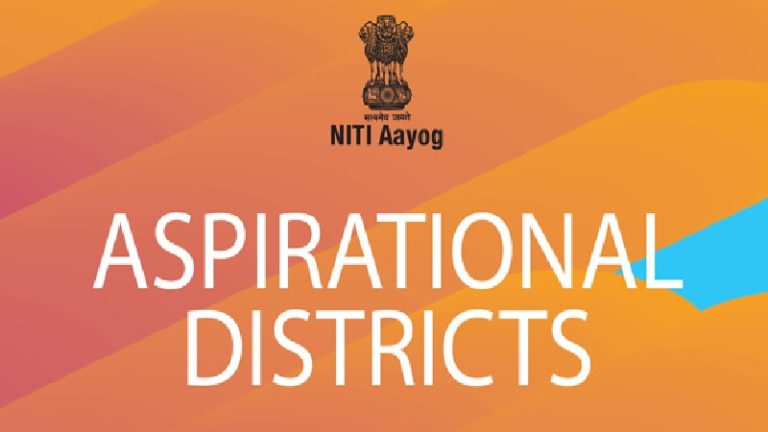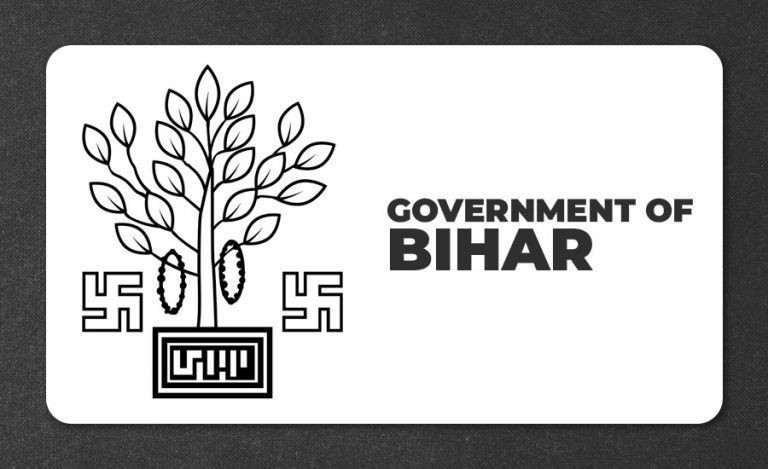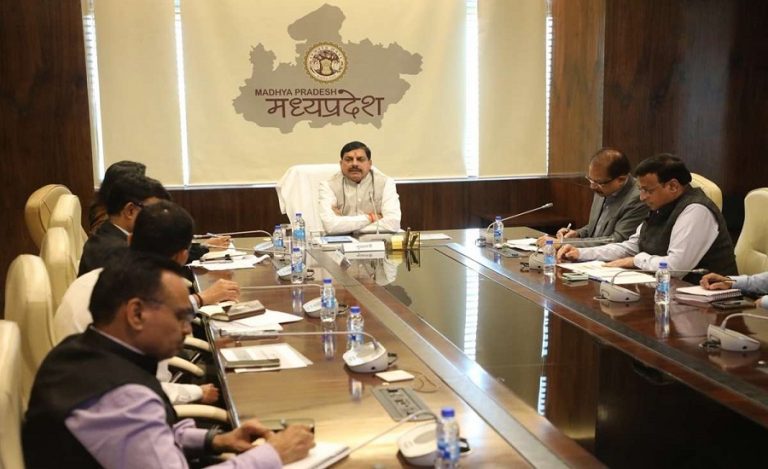As discussions surrounding the 8th Pay Commission gain pace, all eyes are on how it could reshape the future of India’s most powerful bureaucrats — the IAS officers. For millions of Indians, the salary of an IAS officer signifies not merely financial reward but also the immense prestige and accountability attached to serving an entire district or state department. Under the 7th Pay Commission, an IAS officer’s career begins at Level 10 with a basic pay of Rs. 56,100. Over time, through structured increments and promotions, the salary can rise up to Rs. 2,50,000 at the apex Cabinet Secretary level. The system remains transparent, rule-bound, and merit-driven — designed to reward integrity, performance, and responsibility rather than market fluctuations.
Decoding the IAS Salary Structure Under the 7th Pay Commission
An IAS officer starts in the Junior Time Scale (Level 10) as a Sub-Divisional Magistrate or Assistant Collector with a basic pay between Rs. 56,100 and Rs. 1,77,500. After around four years, officers move to the Senior Time Scale (Level 11), earning between Rs. 67,700 and Rs. 2,08,700. Over the next decade, they rise through the Junior Administrative Grade (Level 12), Selection Grade (Level 13), and Super Time Scale (Level 14) — positions that include District Magistrates, Special Secretaries, and Joint Secretaries. Senior officers ascend to the HAG (Level 15) and HAG+ (Level 16) scales as Principal or Additional Chief Secretaries before reaching the Apex Scale (Level 17) and finally the Cabinet Secretary Grade (Level 18) — the most selective and prestigious post in the Indian bureaucracy.

The Fitment Factor: The Core of the Pay Revision
At the center of every Pay Commission revision lies the fitment factor — the numerical multiplier that determines how the new pay scales are calculated.
- Under the 7th Pay Commission, the fitment factor was fixed at 2.57.
- For the 8th Pay Commission, experts expect it to rise to 2.86, driven by inflation, living costs, and fiscal projections.
This adjustment directly influences how salaries and pensions will be revised across all levels of government service.
Example Calculation (8th CPC Estimate):
- Current Basic Pay: Rs. 25,000
- New Basic Pay (Rs. 25,000 × 2.86): Rs. 71,500
- DA (after reset): 0%
- HRA (Metro, 27%): Rs. 19,305
- Total Estimated Salary: Rs. 90,805
The 8th Pay Commission: A New Era in Administrative Pay Reform
Expected to be formally constituted around 2025, the 8th Pay Commission is likely to usher in a major overhaul of the government’s pay structure. Its goal is to align compensation with India’s evolving economic landscape and ensure fairness across services. Analysts anticipate a fitment factor between 2.5 and 3.0, which could significantly boost IAS salaries.
- Entry-level IAS officers may earn between Rs. 1,20,000 and Rs. 1,60,000 per month.
- Senior officers at the apex level may see salaries exceeding Rs. 3,00,000 per month.
While these numbers remain speculative until official notification, the trend indicates a decisive move toward improving civil service morale and competitiveness with the private sector.
Salary Revision Expected from January 2026
The implementation of the 8th Pay Commission from January 1, 2026, is projected to benefit millions of Central Government employees and pensioners. The revision model may mirror the 7th Pay Commission framework, which had raised the minimum basic salary from Rs. 7,000 to Rs. 18,000 — a 2.57-fold increase.
If a similar formula applies, the minimum salary could jump from Rs. 18,000 to around Rs. 51,480, signaling a significant improvement in take-home pay across all government sectors.
Administrative Strength and Developmental Outlook
Beyond monetary aspects, the 8th Pay Commission represents a crucial investment in India’s administrative future. Enhanced and equitable pay for officers like Mr. and Ms. IAS can strengthen institutional efficiency, reduce attrition, and boost motivation within the bureaucracy. As India pursues its developmental agenda, well-compensated and motivated administrators will be vital in ensuring effective governance and implementation of public programs. Whether the 8th Pay Commission achieves this balance between fiscal prudence and bureaucratic empowerment will define the next era of governance reform.


